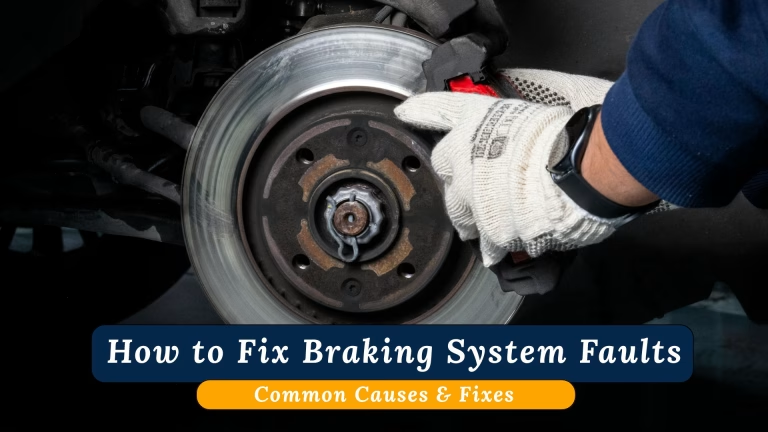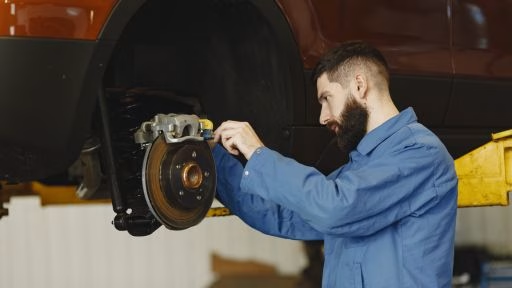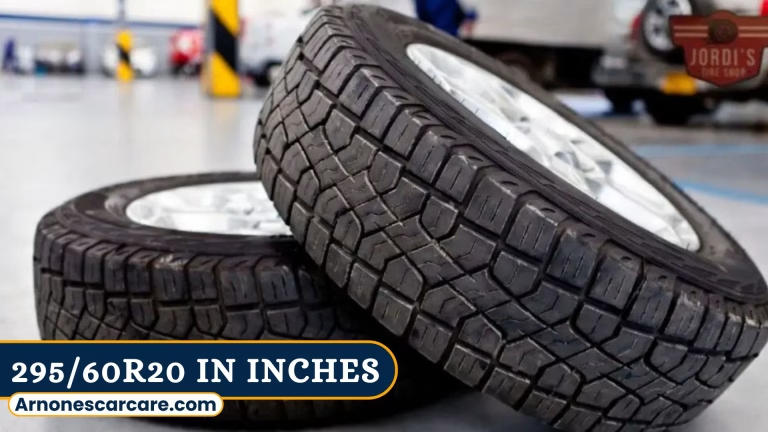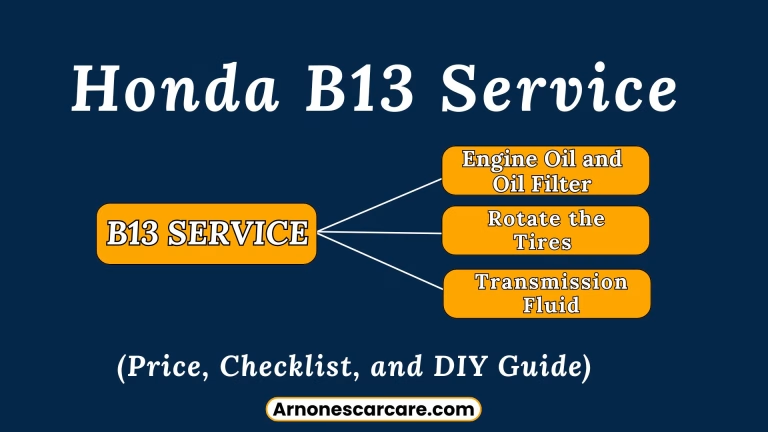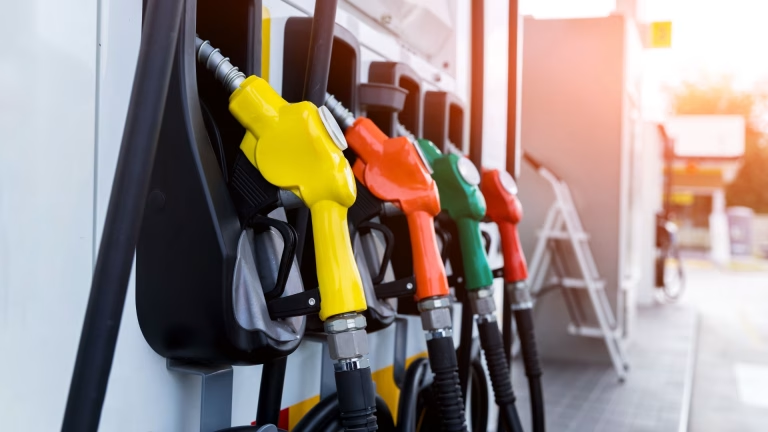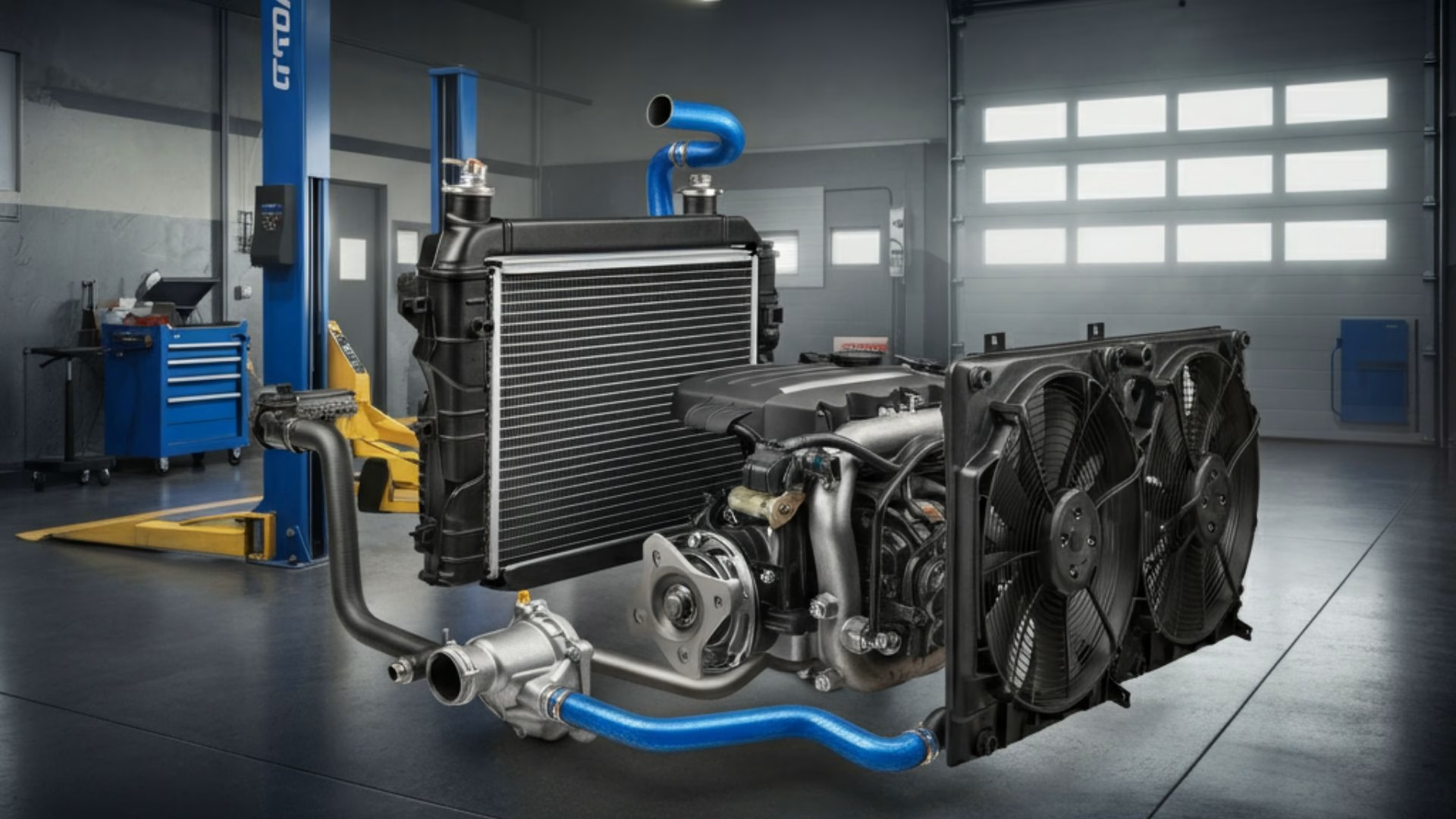
When I think about all the vehicles I’ve worked on over the years, the car cooling system is one component that never fails to amaze me. It’s like the unsung hero under the hood, quietly working to keep the engine from overheating.
I’ve seen the havoc caused when it’s ignored—melted hoses, cracked blocks, and even complete engine failures. The cooling system works tirelessly to regulate the engine’s temperature, cycling coolant through the radiator, water pump, and thermostat to prevent damage. I remember one customer who rolled in with steam pouring out from under the hood.
A simple radiator cap replacement saved their engine from a $1,500 repair. It’s these moments that remind me how critical this system is and how a little care can go a long way in keeping everything running smoothly.
Car Cooling System Explained
Your car’s cooling system serves one key purpose—to stop your engine from overheating. Overheating can warp engine components, damage the head gasket, or even lead to a complete engine breakdown. Here’s how it all works.
Liquid coolant circulates through a network of channels in your engine block and cylinder head. These channels absorb the heat produced during the combustion process. The heated coolant is then pushed into the radiator, where it releases this heat into the surrounding air with the help of fins and cooling fans. The thermostat regulates the flow, ensuring your engine maintains an optimal temperature, usually between 180-220°F (82-104°C).
Without this process, engine temperatures could skyrocket to dangerous levels within minutes of starting your car. At times, I’ve seen customers come in with melted hoses, and in one unfortunate case, a cracked block, simply due to ignoring their overheating warning lights.
Key Car Cooling System Components
A car’s cooling system might sound simple, but it’s powered by several vital components working in harmony. Here’s a rundown:
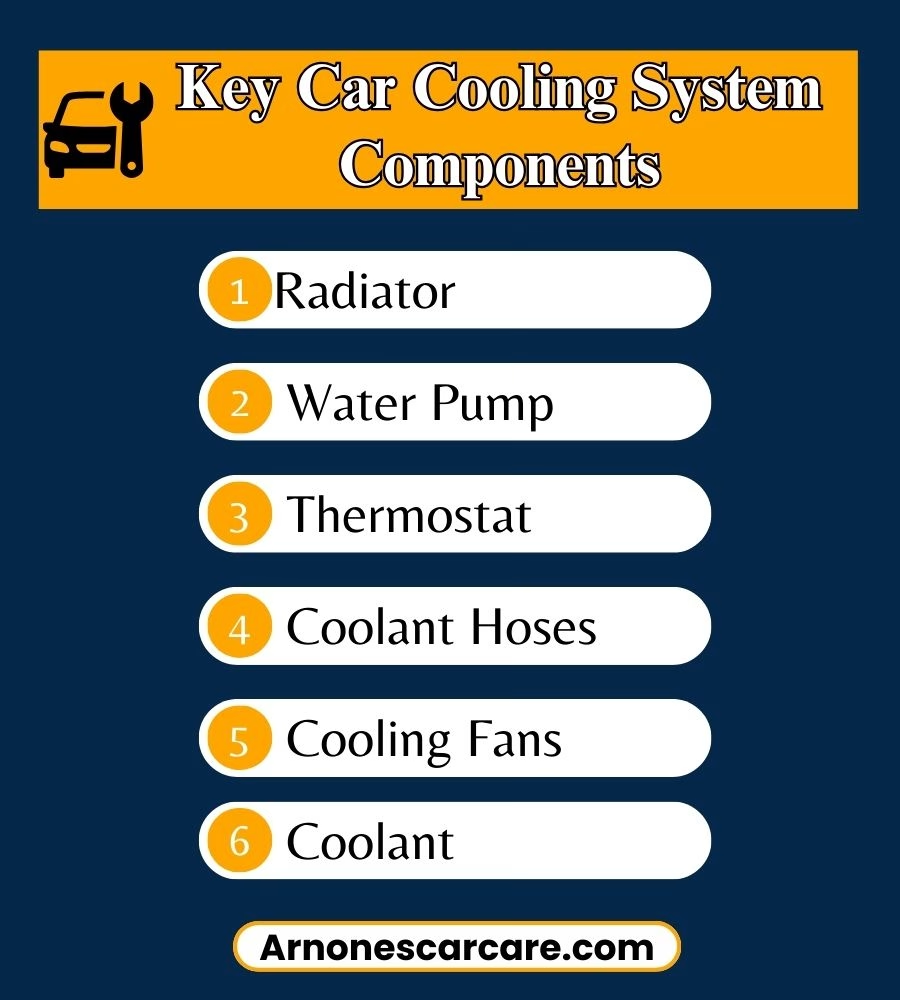
- Radiator – The radiator is the heart of the cooling system. It dissipates the heat absorbed by the coolant. A cracked radiator is a common issue I often repair; leaks not only cause overheating but can damage the surrounding parts.
- Water Pump – This pump circulates coolant through the engine and radiator. Over the years, I’ve learned that a noisy or leaking water pump is often the first sign of trouble. If not replaced promptly, it can lead to severe engine damage.
- Thermostat – This small but mighty device controls the flow of coolant based on engine temperature. Stuck thermostats are another common culprit behind engine overheating.
- Coolant Hoses – These transport coolant between components. I always advise inspecting them for cracks or swelling during routine maintenance, as these issues can lead to sudden leaks.
- Cooling Fans – These fans draw air past the radiator to help in heat dissipation. A damaged fan blade can reduce efficiency, so never ignore unusual fan noises.
- Coolant – The lifeblood of the system. Modern coolants contain additives to prevent freezing, boiling, and corrosion. Using the right coolant is important—not just for performance but also to avoid issues like dirty air filters, which can develop when an engine struggles to maintain balance.
When it comes to repairs, each replacement part has its cost. For instance, at my shop in Kansas City, a thermostat replacement typically costs between $150-$300 including labor. On the other hand, replacing a radiator could set you back $400-$1000 depending on the vehicle.
Common Issues and Their Fixes
One memorable case stands out when a client rolled into my shop with steam billowing from under the hood. A quick inspection revealed a radiator cap that had failed to maintain proper pressure. A $20 replacement saved their $1,500 engine from overheating damage. This is why keeping tools like a car cooling system pressure tester handy can be life-saving for your car.
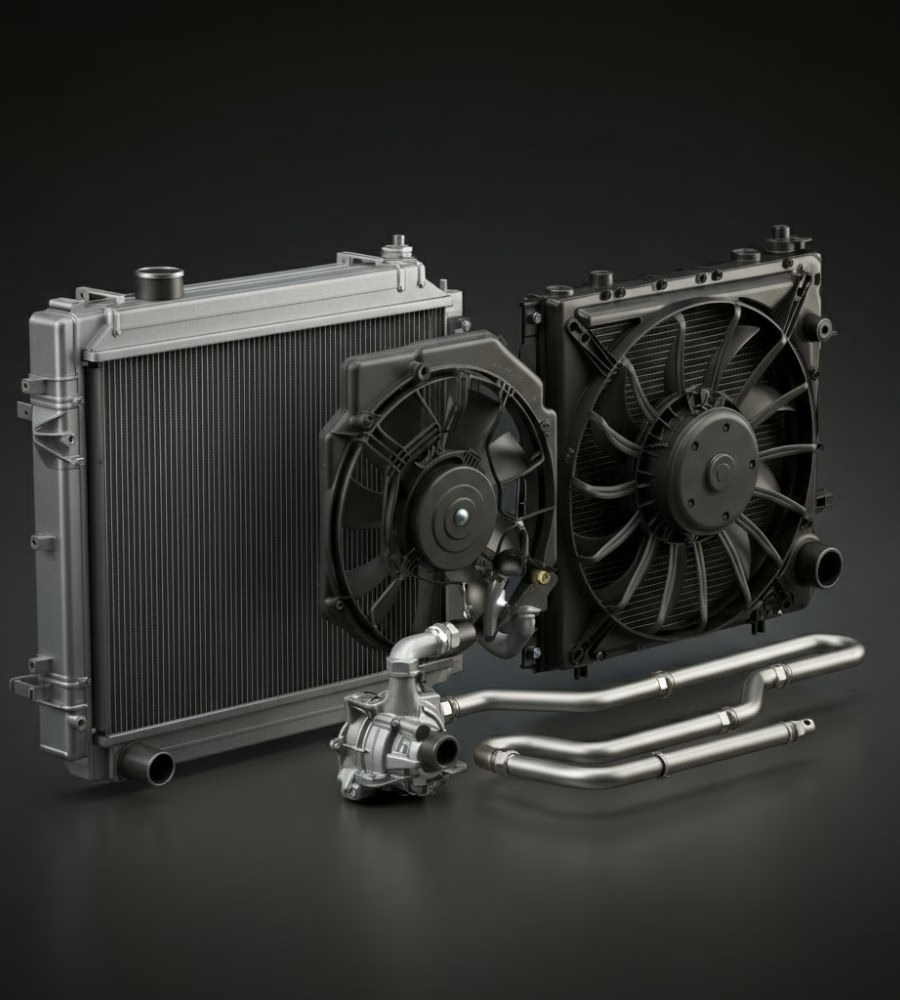
Another frequent issue is the buildup of rust and scaling due to neglected maintenance. Allowing old coolant to circulate can clog the system and reduce efficiency. I always recommend a cooling system flush every 24 months or 24,000 miles, as per your owner’s manual. A flush costs around $100-$150 but is a far better bargain than replacing an entire cooling system.
Problems like these are often compounded by related issues within the engine. Over time, engine knocking sounds or even engine rebuilds may be required when cooling issues are left unchecked.
Maintenance Tips From My Shop
- Inspect Coolant Levels: Always keep an eye on the coolant reservoir. If the fluid level is consistently dropping, it often indicates a leak.
- Use the Right Coolant: Not all coolants are the same. Modern engines often require specific formulations. At Arnone’s, we stock both universal and vehicle-specific coolants, ranging from $15-$25 per gallon.
- Keep It Clean: A cooling system flush is just as critical as an oil change. Clean coolant prevents corrosion and blockages. I see fewer radiator replacements in cars with regular flush schedules.
- Test Your Pressure: A pressure tester can help identify leaks early. If you’re a DIY enthusiast, this tool is a great investment and costs between $40-$100.
- Don’t Ignore Early Signs: Strange noises from the water pump, overheating during idle, or steam under the hood shouldn’t be ignored. Quick intervention can prevent expensive repairs.
Being proactive with maintenance also helps avoid cascading problems, such as engine stalling or long-term engine oil problems, which often accompany neglected cooling systems.
Customer Stories and Lessons
I recently had a loyal customer, Sarah, come in on a scorching summer day. Her AC had stopped working, but during the check-up, I noticed her cooling system was also struggling. Turns out, the heater core was slightly leaking, affecting not only her cabin’s air conditioning but also the engine’s cooling efficiency. It was a classic case of how interconnected car systems can be. Fixing the heater core not only restored her cooling system but also improved her cabin comfort.
Another time, a young driver came in after trying to top up his coolant with water. While it might work in emergencies, this is not a long-term solution. Coolant typically has a 50-50 mix of antifreeze and water to lower the freezing point and raise the boiling point. Pure water can freeze during winter, leading to burst hoses or worse, a frozen block.
Why Cooling System Maintenance Matters?
The cooling system isn’t just about keeping temperatures in check. It protects the engine from wear, ensures efficient combustion, and even plays a role in your comfort by regulating cabin air temperatures. Neglecting it can lead to engine failure, costing thousands of dollars. Here at Arnone’s Car Care, I’ve learned that consistent maintenance is the key to avoiding accidents, breakdowns, and hefty repairs.
Whether it’s a simple pressure test to check seals or a full car cooling system flush, every small step counts in keeping your car functional for years to come. If you’re unsure about the state of your system, give me a call. Together, we’ll keep your engine cool, efficient, and ready for the road.
Call for Reliable Diagnostics
When your vehicle doesn’t feel right on the road, don’t wait! Call the professionals at Arnone’s Car Care. Our skilled mechanics in Kansas City are dedicated to providing reliable diagnostics and quality repairs for your engine. Dial (816) 471-8560 to schedule an appointment today. With us, you’ll experience honest service designed to keep you and your car secure.

